I’ve always been a very tactile person. The way things feel is an important consideration for me, as to whether or not I will purchase it. What I’m searching for is softness. The softer and more durable a piece of clothing is, the more likely I am to buy it.
Can you relate? Are fabrics an important factor in your decision making process? If so, what elements are you looking for in your materials?
If you’ve never spent much time thinking about it, you might want to start. I’m going to give you the run-down on several different types of fabrics, what seasons they’re best worn in, care instructions for each and some detailed explanations of the fabrics used in the lines of clothing at the Purple Poppy.
First up is spandex, which is also referred to as lycra or elastane. This is a synthetic fiber known for its ability to stretch. This material was originally created and used as a replacement for rubber. Can you imagine wearing a girdle made of rubber? Before the invention of spandex in the 1950’s, that was the option women were faced with. Spandex became popular due to its ability to be intermixed with other materials and its comfort, due to its flexibility, strength and lightweight construction. By the late 1980’s, it was in such popular demand, Dupont could barely meet the worldwide demand.
Today, most articles of clothing contain at least 5% spandex, combined with another material. The material it is combined with will largely determine the resulting feel and care instructions.
Spandex can be good for warm climates, due to its lightweight and breathable construction. Since it adheres closely to the body, it can also be good as an insulator in colder climates, when worn under thicker garments.
It is recommended that items containing spandex be hand washed, in order to maintain its shape. Lukewarm water and a mild detergent should be used. This material shouldn’t be dried. Air drying is recommended.

Spandex Shorts
Next, is rayon, which is a manufactured fiber that’s constructed from regenerated cellulose fiber. There are many different types of rayon and it can be made to imitate other fabrics, such as silk, wool, cotton and linen. Viscose, modal and lyocell are all forms of rayon. One of the interesting things to note, is this material resists heat. This material produces fabrics that are smooth, soft, extremely absorbent, lightweight and slightly slippery feeling. It does not tend to insulate body heat which makes it a great option for hot or humid climates.
When cotton prices rose in the mid 2000’s, rayon became a popular alternative, as it is more cost effective to produce than many other fibers.
Rayon has a tendency to bleed, shrink or lose its crispness, if not laundered properly. It is best to be hand washed with a mild detergent or dry cleaned. Air drying is recommended.

Rayon Dress
Polyester is next to discuss. This can be considered a synthetic or natural fiber, depending on what it’s combined with. Cotton -polyester blends reduce shrinking, they’re wrinkle and tear resistant, and are very durable. When combined with synthetic fibers, they became resistant to water, wind and other environmental factors.
Some important things to note about this material, is there are very low toxicity levels used in the raw materials and production process. It’s also a product that has a high level of recyclability. It is the most commonly used fiber in clothes making.
Polyester tends to warm the body better than cotton, making it a good choice for cooler climates. It also dries quickly, which can be beneficial in areas of high precipitation.
It is recommended to machine wash polyester in warm water. Using fabric softener will help reduce static. Turn the item inside out to prevent snagging. Items should be tumble dried at a low setting, to prevent shrinkage.

Rayon Top
Cotton is a soft and fluffy fiber that is spun into yarn or thread and produces soft, breathable textiles. Usage of this fiber dates to prehistoric times. It is the most widely used natural fabric in production today. Organic cotton comes from plants that have not been genetically modified and has been grown without the use of synthetic chemicals.
Cotton is used to make a variety of textiles including terry cloth, denim, corduroy, seersucker and twill. It can be used alone or in combination with other fibers. It can be processed in a way that results in a shiny cotton, that can be turned into a textile resembling satin, for use in shirts and suits. When blended with linen, the result is wrinkle resistant, lightweight and wicks heat away. The result is a thin, strong material.
Cotton tends to be a very breathable fabric, which makes it good for staying cool in the heat, however it takes longer than other materials to dry, which means it is more likely to retain body moisture.
Cotton is a durable material that can generally be machine washed and dried. It is best to be washed in cold or warm water instead of hot, thus preventing shrinking. If using a dryer, tumble on a low setting and then remove quickly, to prevent wrinkling.

Cotton Top
Modal is a type of rayon, which makes it a semi-synthetic fiber. It can be used alone or in combination with other fibers, most often cotton or spandex. The benefit of using this material instead of standard rayon, is that it is more durable when wet and it offers a softer feel than standard rayon. It can be tumble dried without sustaining damage. It also pills less than cotton, which is good for durability. Micro modal is a variant of this textile, which is known to be softer than cotton, less likely to shrink and has better moisture wicking properties.
Modal is fifty percent better at wicking moisture than cotton. It’s an excellent material for wicking moisture away from the body. This makes it an ideal material for humid climates.
For delicate modal items, hand washing is recommended. This can easily be done with the hand wash cycle on your washing machine. For extra care, place the item inside out in a mesh laundry bag. This will ensure extra longevity of your items.
All of these materials and more can be found in the high quality, durable, fashionable pieces found at the Purple Poppy. Stop in today and let one of our knowledgeable staff members help find the material that is right for you and your unique needs!
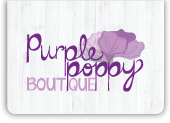


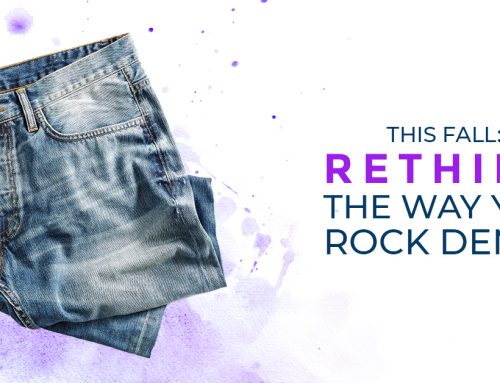
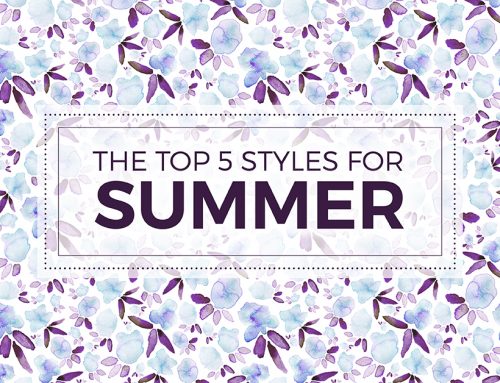
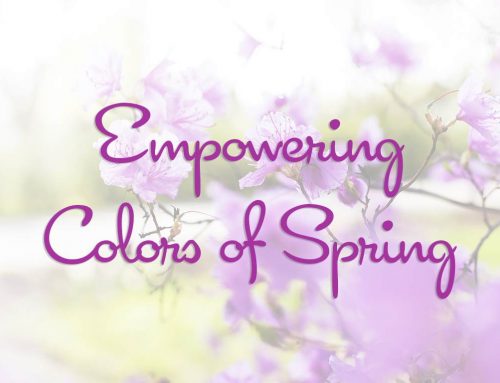

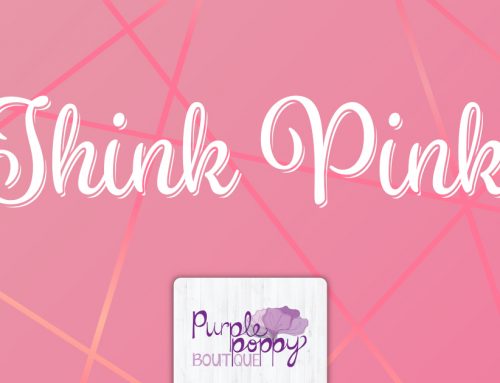
Leave A Comment